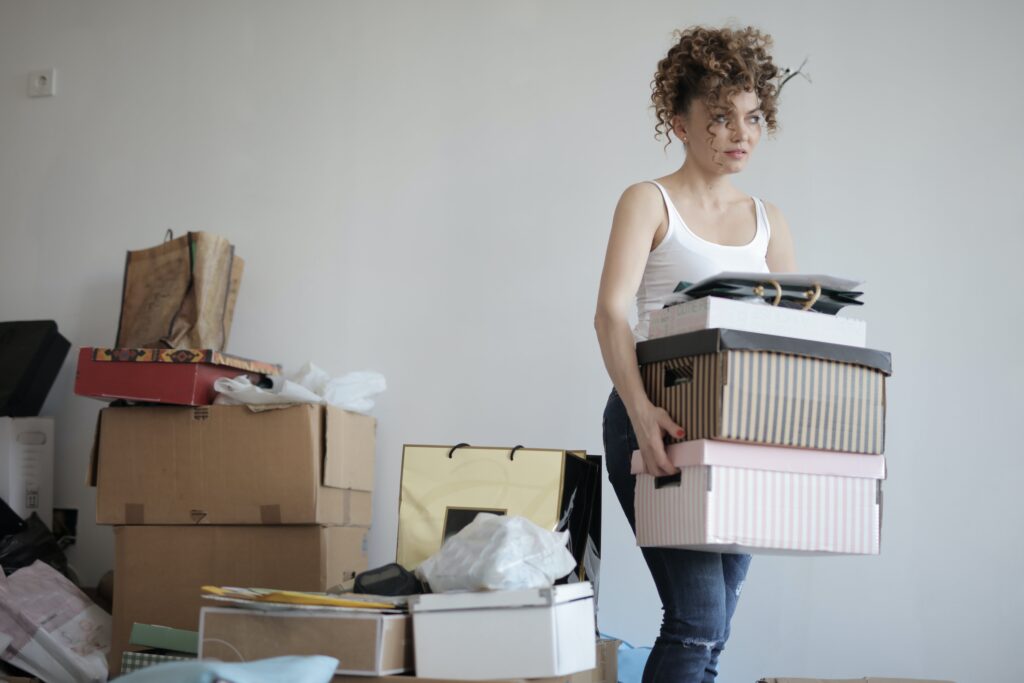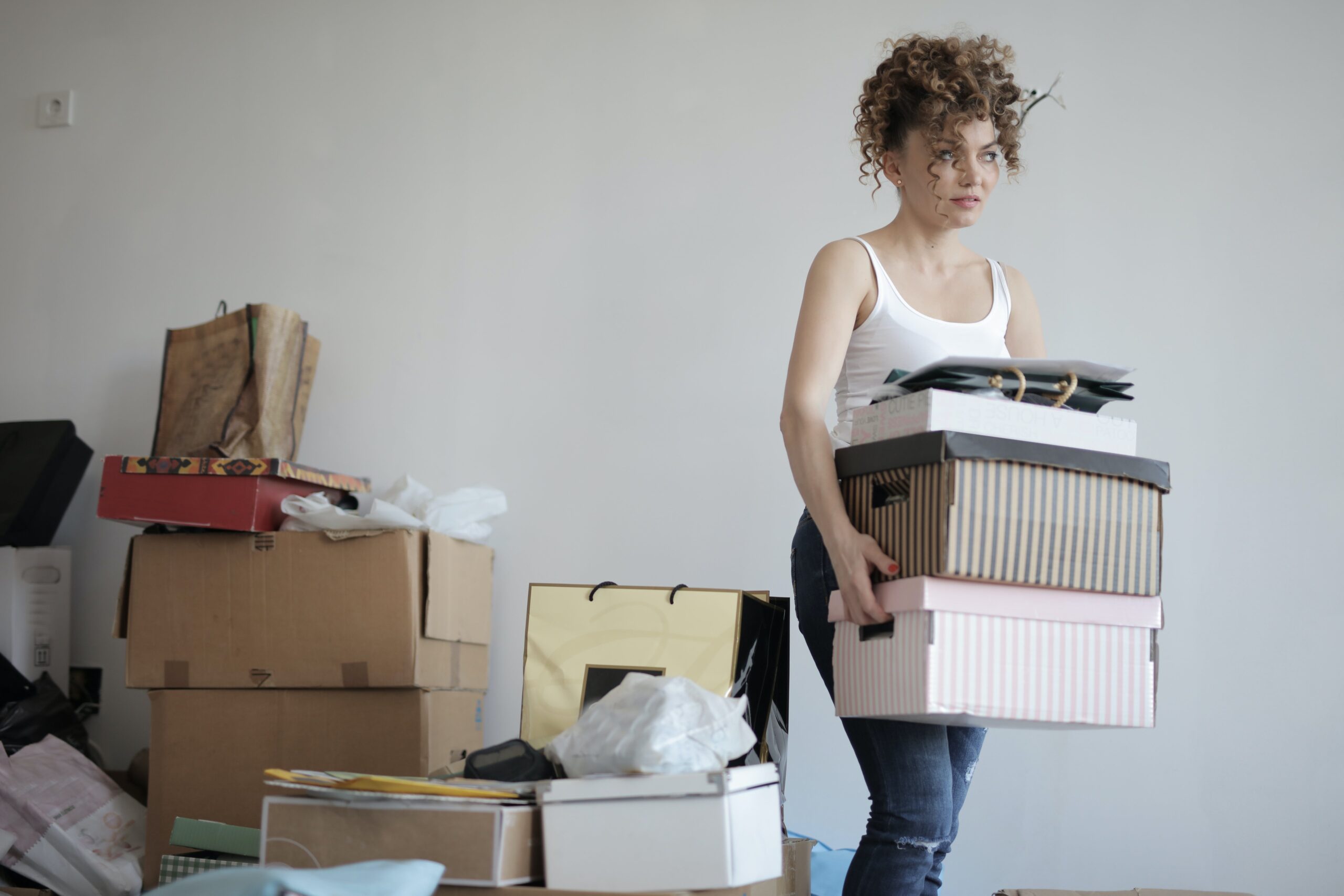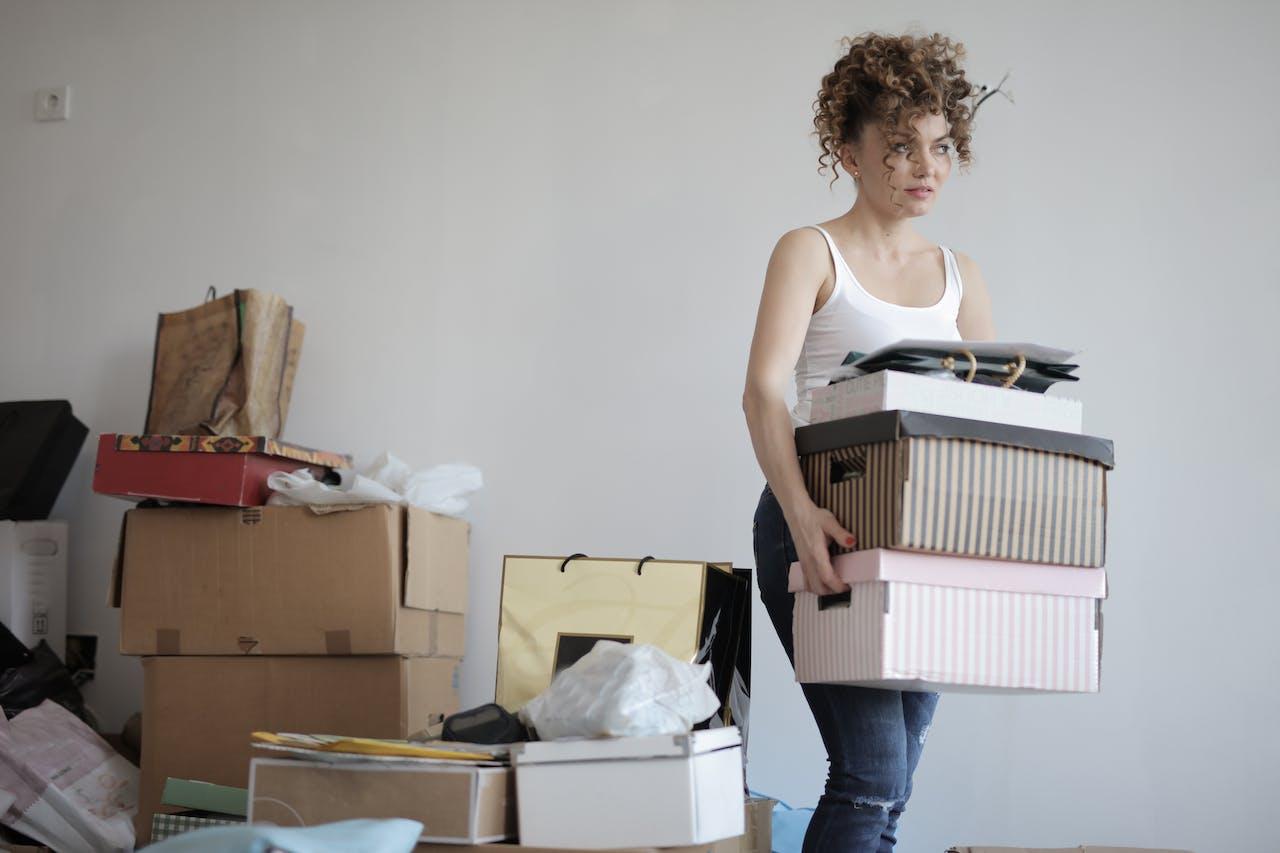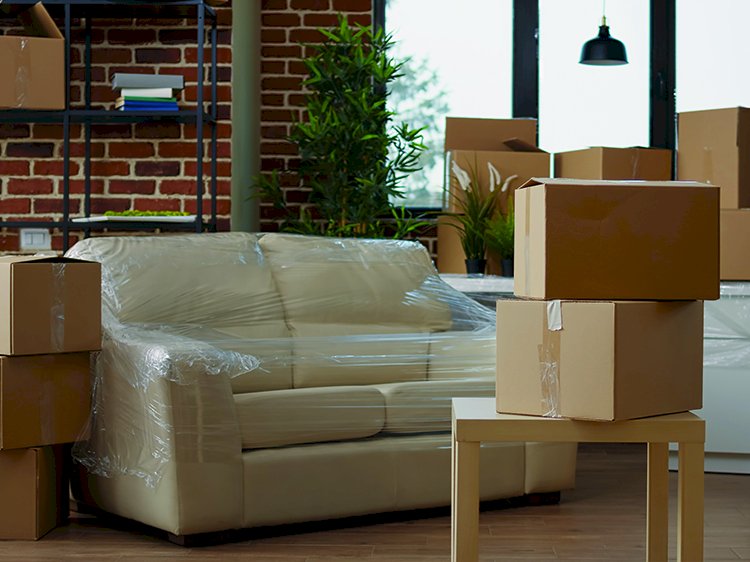
While moving homes is surely challenging and can sometimes be emotionally and physically draining, it’s also a unique opportunity to declutter your life and reassess your belongings. This process isn’t just about packing boxes; it’s a chance to create a living space that truly reflects your current needs and tastes. By carefully considering what to keep and what to replace, you can transform your move into a rejuvenating experience. Here are a few tips to help you out:
- Assessing Sentimental Value vs. Practical Use
When sorting through belongings, you’ll likely encounter items that tug at your heartstrings. While it’s important to preserve memories, it’s equally crucial to consider the practicality of each item. Ask yourself: “When was the last time I used this?” If it’s been years, it might be time to let go. For items with sentimental value that aren’t frequently used, consider taking photos or creating a digital keepsake.
- Replacing Worn Out Essentials
Moving is the perfect time to assess the condition of your essentials. For instance, an old mattress might have been fine in your previous home, but is it worth the cost and effort to move? Often, replacing such items is more cost-effective. A new mattress, like the Beauty Rest Black Mattress, not only reduces moving costs but also offers enhanced comfort. These mattresses cater to diverse health needs and will ensure you sleep well in your new place – after all, you’ll need the rest!
This is not just a practical decision; it’s an upgrade to your daily life.
- Evaluating Furniture for Space and Style
Furniture plays a critical role in both the functionality and aesthetics of your new home. Consider the layout and size of your new space. Does your current furniture fit? Is it the right style? If not, selling or donating old pieces and investing in furniture that better suits your new environment can make a significant difference. Think of pieces that serve multiple purposes or fit better in the available space.
- Upgrading Appliances for Efficiency
Appliances are often heavy and difficult to move. Take this opportunity to evaluate their efficiency and functionality. Are your appliances outdated or energy hogs? Modern appliances not only offer better efficiency but can also come with features that make daily tasks easier. While the upfront cost might be higher, the long-term savings on utility bills and the added convenience can be worth it.
- Sorting Through Wardrobe: To keep or not to keep?
Clothes can accumulate quickly, often filling closets with items we no longer wear. As you pack, ask yourself if you’ve worn each item in the last year. If not, it might be time to say goodbye. Consider donating clothes in good condition. This not only frees up space but also helps those in need. Plus, it gives you a chance to redefine your style in your new home.
- Organizing Kitchenware and Gadgets
The kitchen is often cluttered with gadgets and cookware, some of which are rarely used. Moving is the perfect time to sift through these items. Keep the essentials that you use regularly and are in good condition. Consider donating or selling items that are in excess or seldom used. For gadgets that are outdated or malfunctioning, replacing them with multifunctional or more efficient models can be a smart move. This not only declutters your space but also simplifies your cooking experience.
- Handling Books, Media, and Memorabilia
Books, DVDs, and memorabilia often accumulate over the years, taking up considerable space. Evaluate each item for its importance and frequency of use. For books and media, consider which ones you’re likely to re-read or watch. If you haven’t touched them in years, it may be time to pass them on. Digitalizing what you can is also a great space-saving measure. With memorabilia, it’s about balancing emotional value with practicality. Keep the items that truly mean something to you, and consider photographing or digitizing others to preserve the memories without the physical bulk.
- Streamlining Decor and Artwork
Your decorative items and artwork might have suited your previous home perfectly, but they might not work as well in your new space. Assess each piece for its fit in the new environment. Does it match the style and color scheme? If not, consider selling or donating these items. Repurposing or refurbishing decor can also give them a new life, aligning them with your current aesthetic preferences. Remember, less is often more when it comes to decor, allowing for a cleaner, more focused style in your new home.
- Tech and Gadgets: Upgrade or Keep?
Technology evolves rapidly, and what was cutting-edge a few years ago might now be obsolete. Assess your gadgets and electronics for their current utility and efficiency. Are they compatible with the latest software and apps? Do they meet your current needs? Upgrading to newer models can enhance your productivity and entertainment experience, offering features that better align with contemporary lifestyles. However, if a gadget still serves its purpose well, there’s no need to replace it.
- Letting Go to Make Room for the New
The process of moving is not just about physical belongings; it’s also about emotional and mental space. Letting go of old items can be surprisingly liberating. It’s a chance to break free from the past and make room for new experiences and belongings that better reflect your current self. Embrace this as an opportunity for renewal and growth. This mindset shift can make the moving process less stressful and more fulfilling.
Conclusion
Moving presents a unique opportunity to reassess and rejuvenate your living environment. It’s a chance to let go of the old and embrace the new, both in terms of physical items and in a broader, personal sense. By thoughtfully deciding what to keep and what to replace, you not only make your move easier but also set the stage for a fresh start. Remember, each item you choose to bring into your new home should add value, whether it’s functional, aesthetic, or emotional. Embrace the move as an opportunity for positive change and growth, paving the way for a fresh and exciting start in your new home.











